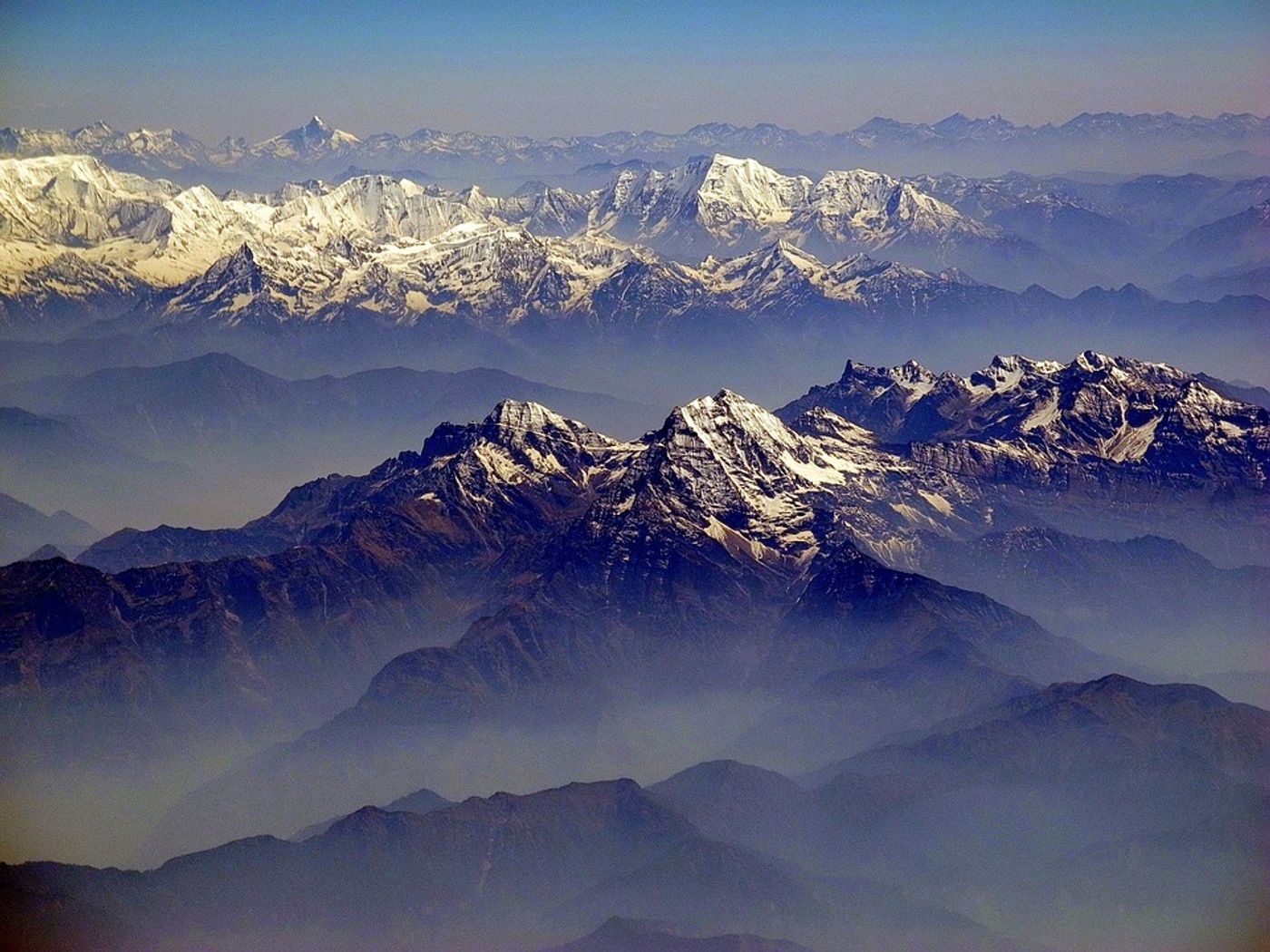Himalaya, meet climate change
Great emphasis has been placed on the impact the climate change has on the oceans, the atmosphere, the poles – but a new study investigates the consequences of climate change from a different angle: mountains. The study takes a look at some of the most renown mountains on Earth, including Everest and K2 and determines that with a rise in 2 degrees Celsius, half of the glaciers could be gone by 2100.
According to the study, glaciers in the Hindu Kush and Himalaya could disappear unless we are able to successfully reduce carbon dioxide emissions – and fast. These mountain ranges hold more frozen fields of ice than anywhere else on our planet (with the exception of the poles) – making them extremely vulnerable to melting from rising temperatures and air pollution. Air pollution is particularly bad in the region due to dense human populations; when pollutants like dust and black coal settle on the glaciers, it heightens the albedo effect and increases the rate of melting.
Apart from the aesthetic shock that would come from seeing the famous snowy peaks as naked rock, the melting of such vast ice fields would also have serious consequences for the 250 million people spread over Afghanistan, Bangladesh, Bhutan, China, India, Myanmar, Nepal and Pakistan who depend on glacial flow for their water.
"This is the climate crisis you haven't heard of," said lead author, Philippus Wester from the International Centre for Integrated Mountain Development (ICIMOD). "Impacts on people in the region, already one of the world's most fragile and hazard-prone mountain regions, will range from worsened air pollution to an increase in extreme weather events. But it's the projected reductions in pre-monsoon river flows and changes in the monsoon that will hit hardest, throwing urban water systems and food and energy production off kilter."
The glaciers in the Hindu Kush Himalaya are literally the life source for some of the biggest rivers in the world, including the Ganges, Indus, Yellow, Mekong and Irrawaddy. Rapid melting and later drying-up of the glaciers would not only devastate all the communities who live in the mountains and river valleys below, but also everyone who depends on those communities for agriculture, hydropower, and other resources.
"For me, the interesting question then is what happens in these major river basins in the years when the rains fail? Without the ice reserve there in the mountains to top the rivers up through the melt season, droughts will be harsher on those living downstream,” said Dr. Hamish Pritchard from the British Antarctic Survey, who was not associated with the report. "This is a region where water is a hot topic politically, economically and in day to day life, and harsher droughts could be a severe shock to an already fragile system. I read this report as a warning to prepare for these shocks."
Sources: BBC News, The Hindu Kush Himalaya Assessment









